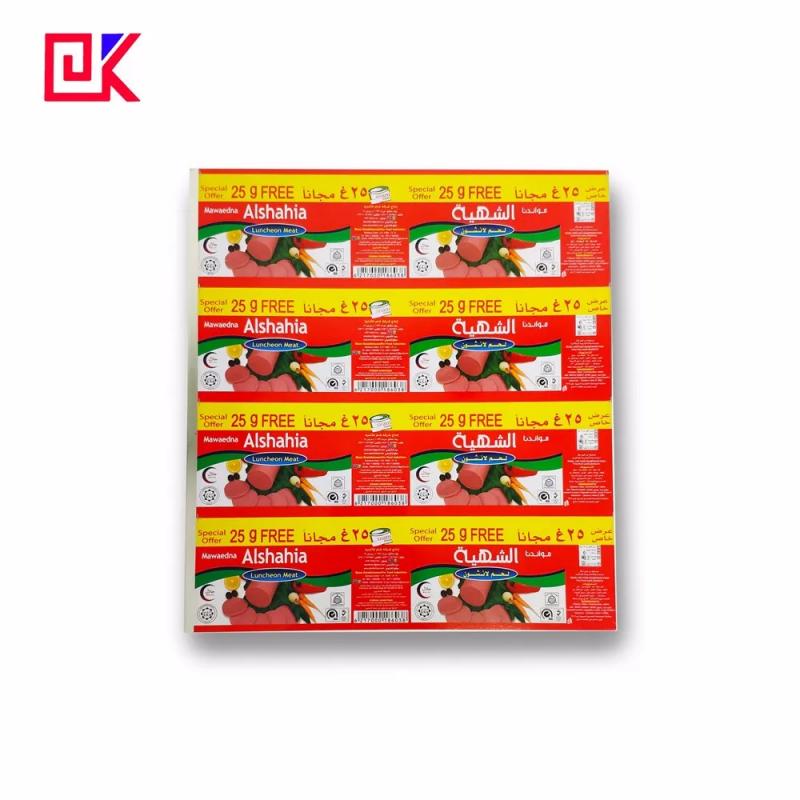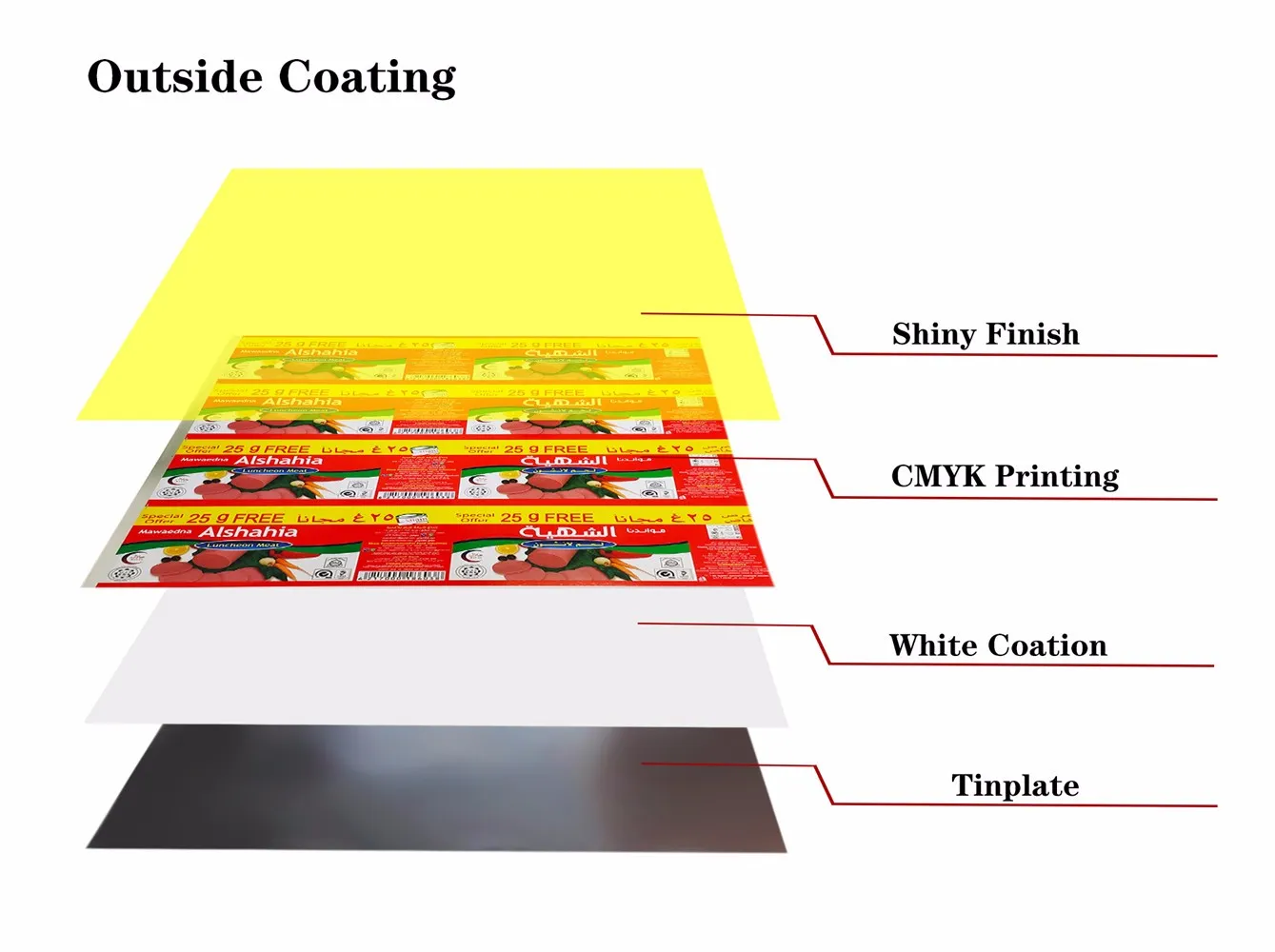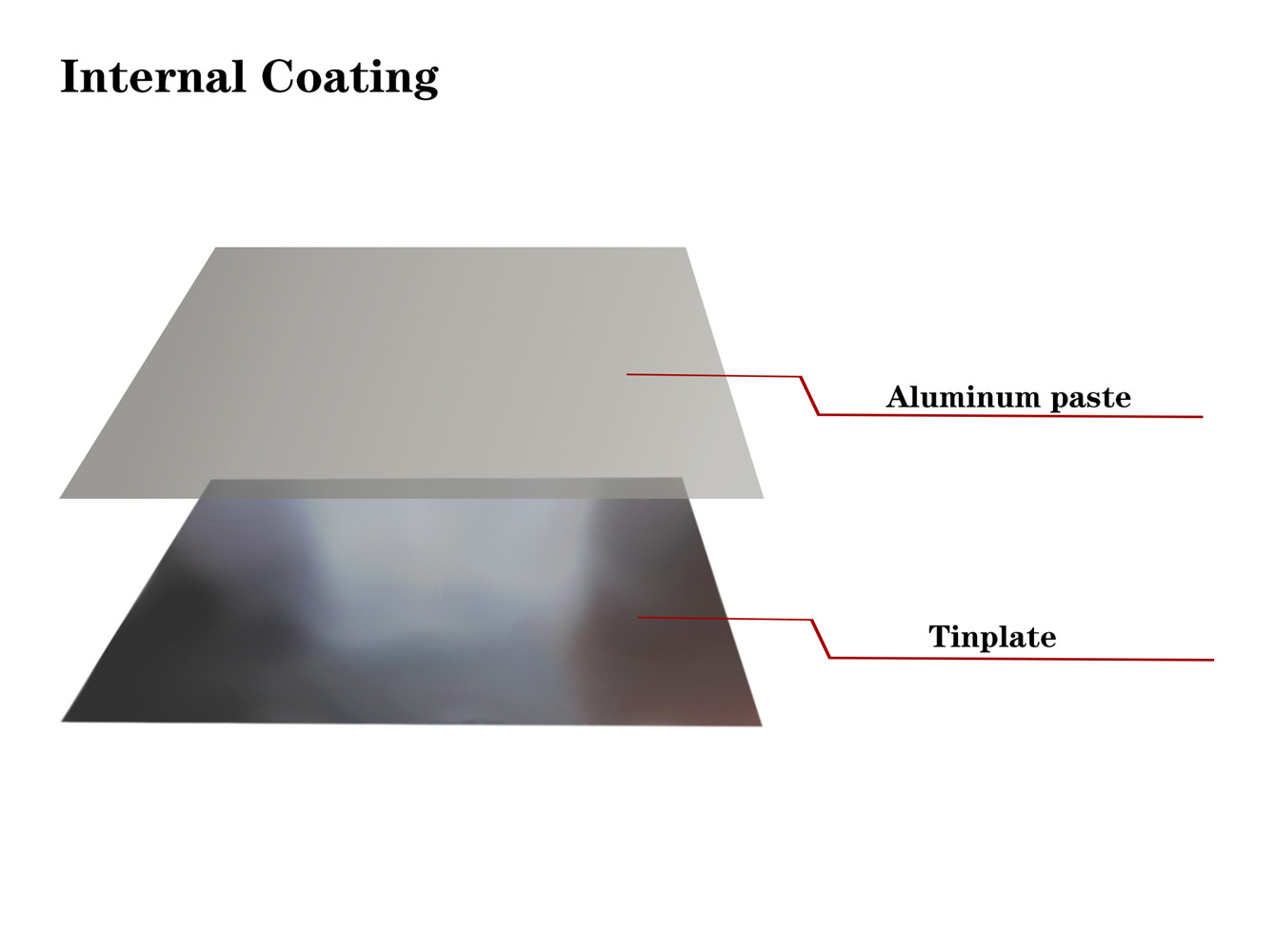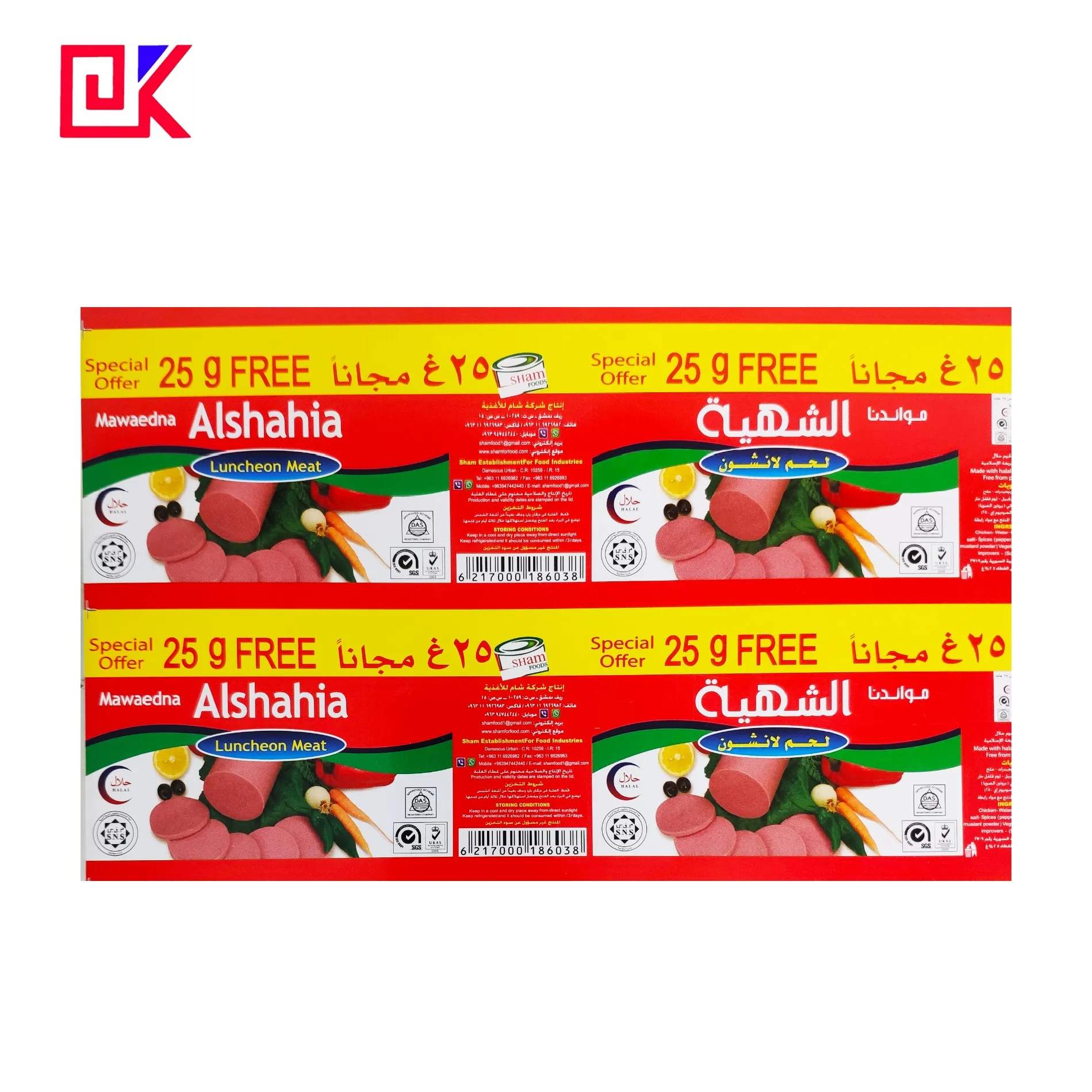Canned beef is a convenient and easy-to-store meat product that is popular among consumers. The packaging material of canned beef, food packaging cans, is usually made of tin-plated tinplate. This choice is not random, but is to meet the needs of food storage safety, long-term preservation, and other aspects. This article will take you to understand why beef food packaging cans need tin plating, from the protective effect of tin plating on food to the stability of food packaging cans, and gradually reveal the mystery of this food packaging.

Why do beef food packaging cans need tin plating protection?
How does tin plating prevent food packaging cans from corrosion?
Food packaging cans usually use tinplate, which is a composite metal with tin plating on the surface of steel. The main function of tin plating is to prevent iron from directly contacting the contents (i.e. beef) to produce a chemical reaction, thereby playing an anti-corrosion role. During the storage process, canned beef needs to keep the interior clean and pollution-free for a long time, and the fat and salt components of beef cans can easily cause rust in food packaging cans, especially when the humidity and temperature in the cans are high during storage. Tin plating can effectively isolate the direct contact between iron and the food inside, so that canned beef can maintain its original color, taste and nutrients for a longer time.
Can the tin coating prevent food from oxidation?
Oxygen is one of the main causes of food spoilage. Especially for beef containing a lot of fat, oxidation reaction will cause meat to deteriorate, affecting the safety and taste of food. The tin coating of food packaging cans can not only prevent food from directly contacting the iron cans, but also reduce the penetration of oxygen, thereby reducing the oxidation effects that canned beef may suffer during long-term storage. This layer of tin covers the inner surface of the food packaging can, which can prevent oxygen from entering the can and reacting with the beef. Therefore, tinned food packaging cans have significant advantages in ensuring the freshness and shelf life of canned beef.

Does tin plating help the sealing of canned beef?
How does the tin coating enhance the sealing performance of food packaging cans?
Sealing performance is one of the key elements of beef food packaging cans. Good sealing can prevent external bacteria and air from entering the can, and the presence of the tin coating acts as a "closed barrier". Tin-plated food packaging cans are smoother and have better sealing properties, which helps prevent external impurities or gases from entering the cans. In addition, the tin-plated layer can also increase the tightness of the food packaging cans at the seal, making the seal more stable. Such double protection ensures that the cans can maintain a stable sealing state during transportation, storage, and placement.
Does the tin-plated layer affect the strength and structure of food packaging cans?
Canned beef may experience a certain degree of extrusion or bumping during production, transportation, and sales, which requires food packaging cans to have not only good sealing properties, but also sufficient structural strength. The presence of a tin-plated layer can increase the durability of tinplate, making it less susceptible to damage when it is hit. Tin has strong corrosion resistance, but low hardness and is a metal with good ductility. Therefore, the tin-plated layer can increase its toughness without affecting the hardness of the food packaging cans, making the cans more durable.
How does tin-plating ensure the health and safety of food?
Can the tin-plated layer prevent the precipitation of harmful substances?
The safety of food packaging can materials is directly related to the health of consumers. Although iron is essential for the human body, excessive intake or chemical reactions with beef ingredients may pose health risks. The tin coating can prevent the iron in the can from contacting the food, thereby avoiding adverse reactions between iron and acidic substances in the food. This layer of tin acts as a protective barrier and will not dissolve into the food, thereby ensuring the purity and safety of the food. Especially during high-temperature sterilization, the tin coating can also protect the can and maintain the health of the food.
Will the tin coating be destroyed during high-temperature sterilization?
During the production process, beef food packaging cans undergo high-temperature sterilization to ensure that the food in the can is sterile and prolong the shelf life. The tin coating has good heat resistance and can withstand high-temperature treatment in a short period of time. It will not melt or crack at high temperatures. Therefore, the tin coating can remain stable during the sterilization process to ensure the quality of the food. This process greatly reduces the risk of bacterial growth, allowing canned beef to be stored for a long time at room temperature without losing freshness.

Why is tin coating chosen for canned beef instead of other metal materials?
What is the difference between galvanized steel and tin-plated steel?
In the packaging industry, galvanized steel is a common anti-corrosion material, commonly used in fields such as construction and machinery. However, galvanized steel is not suitable for food packaging because zinc may release harmful substances after contact with acidic foods, which is not good for human health. Tin-plated steel is different. The chemical properties of tin are relatively stable and will not produce adverse reactions in food contact environments, so it is safer in food packaging. In addition, the tin coating can effectively prevent the contents of canned beef from coming into direct contact with food packaging cans, so tin-plated steel becomes a better choice for food packaging.
Why not use stainless steel instead of tin-plated steel?
Stainless steel does have good corrosion resistance, but it is expensive and difficult to process. Daily foods such as canned beef are usually fast-moving consumer goods, and production costs are an important factor that companies need to consider. Tin-plated steel is relatively cheap and can meet food safety requirements, so it is more suitable for large-scale production. In addition, the sealing performance of stainless steel is relatively poor, and the processing process also requires more complex equipment and processes, which is not conducive to mass production and storage. Therefore, tin-plated steel cans have become a common choice for food packaging cans.
Will the tin coating affect the flavor of canned beef?
Does the tin coating change the taste of food?
The presence of the tin coating will not affect the taste of the beef in the can. Tin is a stable metal that does not produce odors or react chemically with food, so it will not affect the flavor of the beef. The tin coating can also help the beef stay fresh during storage and prevent odors caused by moisture or oxidation, so that consumers can enjoy the original flavor of canned beef. In addition, the tin coating can also block the outside air, prevent the food from absorbing other odors, and ensure the independence of the food in the can.
How to ensure the stability of the tin coating?
In order to ensure that the tin coating is not damaged, beef food packaging cans will undergo strict quality inspections during the production process. The thickness, uniformity and adhesion of the tin coating are the focus of the inspection to ensure that the cans can remain stable after long-term storage. This layer of tin not only protects the quality of the food in the can, but also brings safety and health protection to consumers.

How does the tin coating process affect the environmental friendliness of the can?
Are tinned food cans easy to recycle?
Tin-plated food packaging cans are environmentally friendly, and the tin-plated layer can be recycled after cleaning. Both tin and steel are recyclable metals, which can be melted and processed again after recycling and used in the manufacture of other metal products. The recycling rate of beef food packaging cans is high, which helps to reduce resource waste and environmental impact. Therefore, tin-plated food packaging cans also have obvious advantages in environmental protection.
What are the benefits of recycling tin-plated food packaging cans for the environment?
The recycling and reuse of tin-plated food packaging cans can not only save resources, but also reduce the pollution of waste metals to the natural environment. After proper recycling and treatment, tin-plated food cans can be remade into other metal materials or packaging products, thus forming an economic model of recycling. Compared with other difficult-to-degrade materials, tin-plated food packaging cans are more environmentally friendly, further enhancing the application value of tin-plated steel in the field of food packaging.

